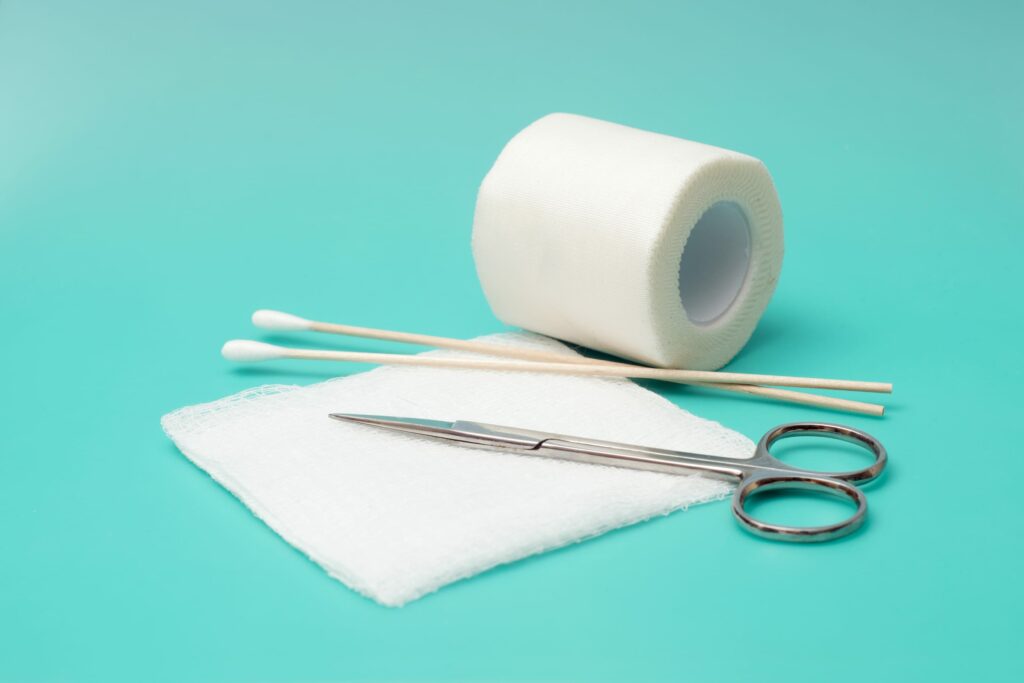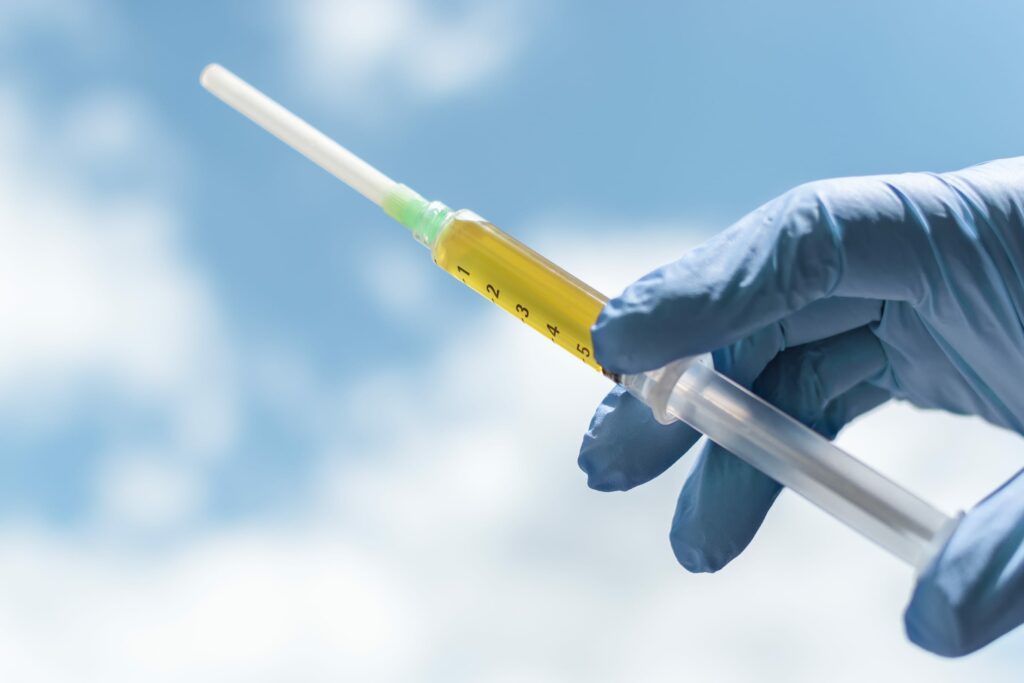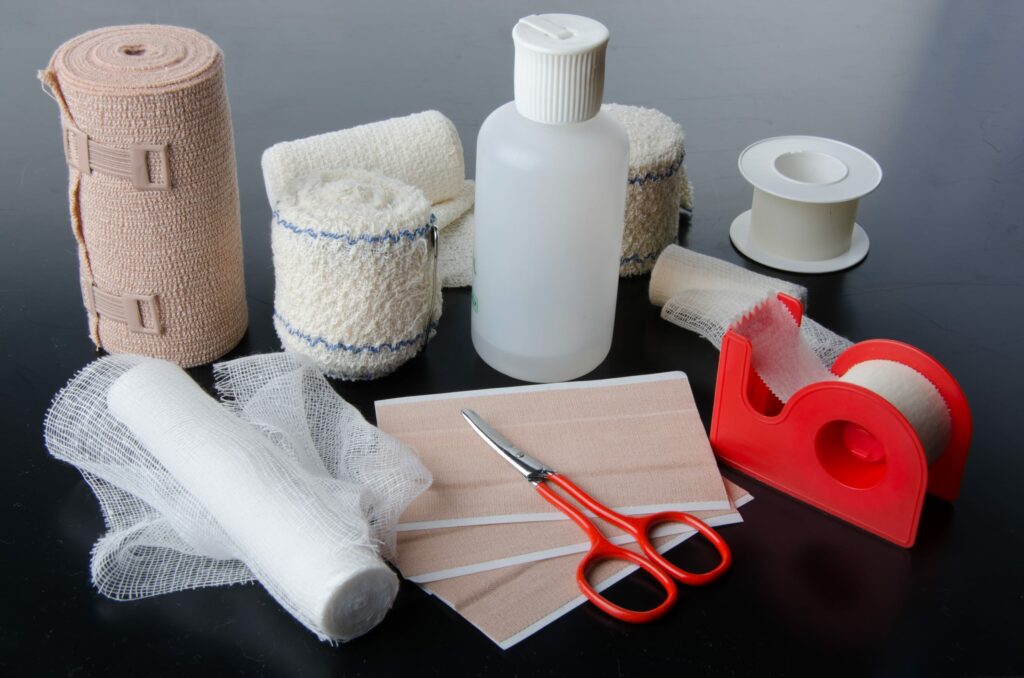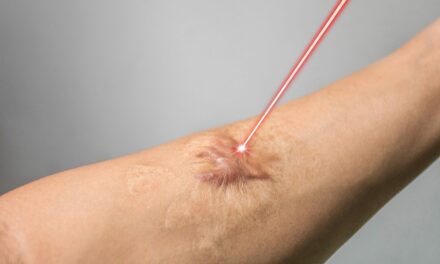New techniques in wound care are enhancing recovery and reducing complications for patients after dermatological surgeries.
Recent advancements in wound care techniques in dermatology have improved the management of post-surgical recovery. Dermatological surgeries, ranging from mole removals to more complex procedures like Mohs surgery, require meticulous post-operative care to ensure optimal healing and minimize complications.
This article explores these innovative techniques and their impact on patient outcomes.
Advanced Wound Dressings

Hydrocolloid and Hydrogel Dressings
Hydrocolloid and hydrogel dressings have become increasingly popular in post-surgical wound care. These dressings provide a moist environment that promotes faster healing and reduces the risk of scarring. They also offer cushioning to protect the wound from external trauma.
Benefits:
- Moisture Retention: Keeps the wound environment moist, which accelerates the healing process.
- Protection: Shields the wound from bacteria and other contaminants.
- Comfort: Provides a cushioning effect, reducing pain and discomfort for the patient.
Antimicrobial Dressings
Antimicrobial dressings, which incorporate agents like silver or iodine, are particularly effective in reducing the risk of infection. These dressings are designed to release antimicrobial substances gradually, ensuring prolonged protection against bacterial contamination.
Research Insights:
A study published in the Journal of Wound Care demonstrated that antimicrobial dressings significantly reduced infection rates in post-surgical wounds, leading to quicker recovery times and fewer complications.
Advanced Wound Healing Technologies

Negative Pressure Wound Therapy (NPWT)
Negative Pressure Wound Therapy (NPWT) is a cutting-edge technique that uses a vacuum dressing to promote wound healing. By applying continuous or intermittent negative pressure, NPWT helps to remove exudate, reduce edema, and increase blood flow to the wound area.
Benefits:
- Enhanced Healing: Accelerates the healing process by improving tissue perfusion.
- Reduced Complications: Lowers the risk of infection and dehiscence (wound reopening).
- Patient Comfort: Can be used in both inpatient and outpatient settings, providing flexibility in care.
Research Insights:
According to a review in the American Journal of Clinical Dermatology, NPWT has shown promising results in the management of complex dermatological wounds, particularly in patients with comorbidities that impair healing.
Platelet-Rich Plasma (PRP) Therapy
Platelet-Rich Plasma (PRP) therapy involves the injection of a concentration of a patient’s own platelets to accelerate healing. PRP is rich in growth factors that promote tissue regeneration and repair.
Benefits:
- Accelerated Healing: Stimulates the body’s natural healing processes.
- Reduced Scarring: Minimizes scar formation by enhancing tissue regeneration.
- Safety: Uses the patient’s own blood, reducing the risk of adverse reactions.
Research Insights:
A clinical trial published in Dermatologic Surgery found that PRP therapy significantly improved healing times and cosmetic outcomes in patients undergoing various dermatological procedures.
Best Practices for Post-Surgical Wound Care

Customized Wound Care Plans
Creating personalized wound care plans tailored to the specific needs of each patient and the type of surgery performed is crucial. Factors such as the patient’s overall health, the location and size of the wound, and any underlying conditions should be considered.
Patient Education and Compliance
Educating patients about proper wound care techniques and the importance of following post-operative instructions is essential for successful healing. Providing clear, written instructions and demonstrating wound care procedures can enhance patient compliance.
Research Insights:
A study in the Journal of the American Academy of Dermatology highlighted that patient education significantly improves adherence to post-operative care protocols, leading to better healing outcomes.
Looking Ahead
Innovative wound care techniques, such as advanced dressings, NPWT, and PRP therapy, are transforming post-surgical care in dermatology. By incorporating these advancements into their practice, dermatologists can enhance healing, reduce complications, and improve patient satisfaction. Personalized care plans and effective patient education remain key components of successful post-surgical management.
References
- Journal of Wound Care. (2021). The efficacy of antimicrobial dressings in reducing infection rates in post-surgical wounds.
- American Journal of Clinical Dermatology. (2020). Review of Negative Pressure Wound Therapy in complex dermatological wounds.
- Dermatologic Surgery. (2019). Clinical trial results on Platelet-Rich Plasma therapy for post-surgical healing.
- Journal of the American Academy of Dermatology. (2018). The impact of patient education on adherence to post-operative care protocols.
Photo 195436120 © Phoomrat Withayachaya | Dreamstime.com




